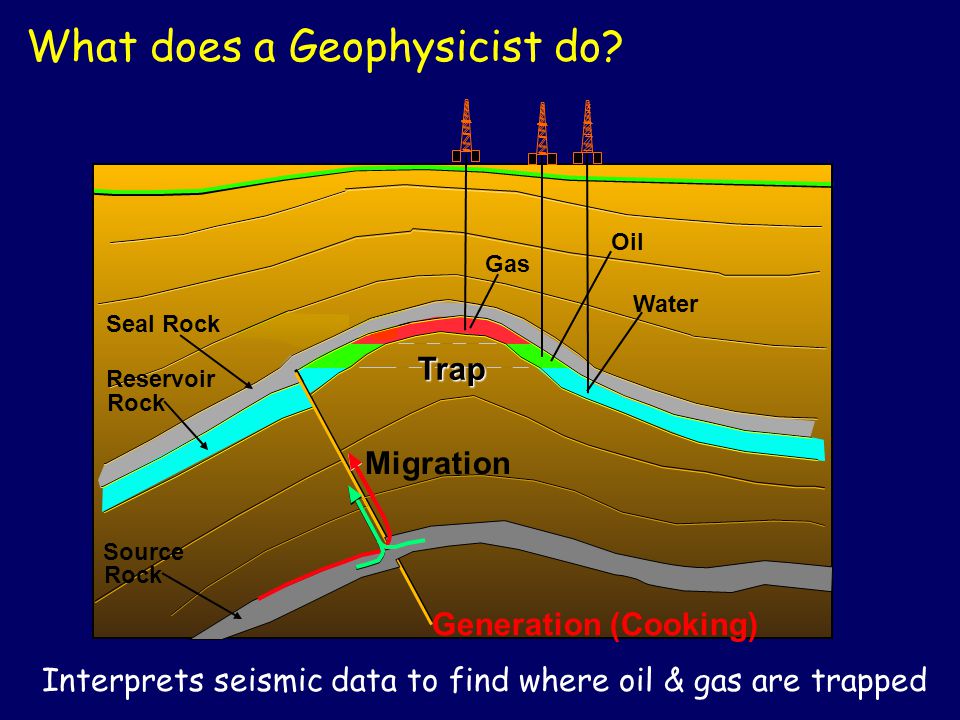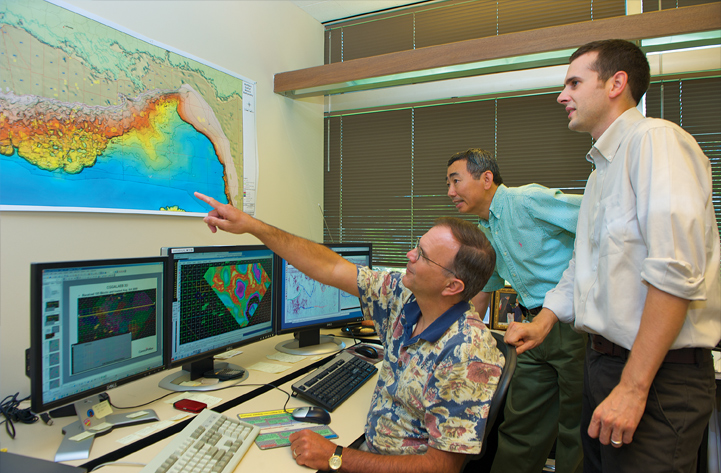All Categories
Featured
Table of Contents
Geophysical Survey in Henley Brook Australia 2022

(PREM)., and the limits in between layers of the mantle are constant with phase transitions.

Schematic of Earth's magnetosphere. Circulations from left to.
Inside the magnetosphere, there are relatively thick areas of solar wind particles called the Van Allen radiation belts. Geophysical measurements are normally at a particular time and location. Accurate measurements of position, in addition to earth contortion and gravity, are the province of geodesy. While geodesy and geophysics are different fields, the 2 are so carefully connected that lots of scientific organizations such as the American Geophysical Union, the Canadian Geophysical Union and the International Union of Geodesy and Geophysics include both.
Geophysical Exploration in South Lake WA 2023
A three-dimensional position is computed using messages from 4 or more visible satellites and referred to the 1980 Geodetic Recommendation System. An option, optical astronomy, combines astronomical collaborates and the local gravity vector to get geodetic coordinates. This technique only offers the position in 2 collaborates and is more hard to utilize than GPS.
Gravity measurements became part of geodesy since they were needed to related measurements at the surface of the Earth to the recommendation coordinate system.
, which are studied through geophysics and area physics.
Geophysicist Jobs in Merriwa Australia 2021

Because geophysics is worried about the shape of the Earth, and by extension the mapping of functions around and in the world, geophysical measurements include high accuracy GPS measurements. These measurements are processed to increase their accuracy through differential GPS processing. As soon as the geophysical measurements have been processed and inverted, the interpreted outcomes are outlined utilizing GIS.
Lots of geophysics companies have designed in-house geophysics programs that pre-date Arc, GIS and Geo, Soft in order to fulfill the visualization requirements of a geophysical dataset. Exploration geophysics is used geophysics that typically utilizes remote noticing platforms such as; satellites, airplane, ships, boats, rovers, drones, borehole sensing devices, and seismic receivers.
For example, aeromagnetic information (airplane gathered magnetic data) collected using traditional fixed-wing aircraft platforms must be fixed for electro-magnetic eddy currents that are produced as the airplane moves through Earth's magnetic field. There are also corrections associated with changes in determined potential field strength as the Earth rotates, as the Earth orbits the Sun, and as the moon orbits the Earth.
Geophysical Survey - Durham University in Bullsbrook Australia 2021
Signal processing involves the correction of time-series information for undesirable sound or mistakes presented by the measurement platform, such as aircraft vibrations in gravity information. It also includes the reduction of sources of noise, such as diurnal corrections in magnetic data. In seismic information, electromagnetic information, and gravity information, processing continues after mistake corrections to include computational geophysics which lead to the last interpretation of the geophysical data into a geological interpretation of the geophysical measurements Geophysics emerged as a different discipline only in the 19th century, from the crossway of physical geography, geology, astronomy, meteorology, and physics.
The magnetic compass existed in China back as far as the 4th century BC. It was utilized as much for feng shui as for navigation on land. It was not up until excellent steel needles might be forged that compasses were used for navigation at sea; before that, they might not retain their magnetism enough time to be helpful.
By looking at which of eight toads had the ball, one might identify the instructions of the earthquake. It was 1571 years before the first design for a seismoscope was released in Europe, by Jean de la Hautefeuille. It was never built. Among the publications that marked the beginning of contemporary science was William Gilbert's (1600 ), a report of a series of precise experiments in magnetism.
What Are Geophysical Surveys & Why Do They Matter in Kensington WA 2021
In 1687 Isaac Newton released his, which not just laid the structures for classical mechanics and gravitation Also described a variety of geophysical phenomena such as the tides and the precession of the equinox. The first seismometer, an instrument efficient in keeping a constant record of seismic activity, was developed by James Forbes in 1844. Dietmar; Sdrolias, Maria; Gaina, Carmen; Roest, Walter R. (April 2008). "Age, spreading out rates, and spreading asymmetry of the world's ocean crust". Geochemistry, Geophysics, Geosystems. 9 (4 ): Q04006. Bibcode:2008 GGG ... 9. 4006M. doi:10. 1029/2007GC001743. S2CID 15960331. "Earth's Inconstant Magnetic Field". science@nasa. National Aeronautics and Area Administration. 29 December 2003. Retrieved 13 November 2018.
Leipzig. Berlin (Gebruder Borntraeger). Runcorn, S.K, (editor-in-chief), 1967, International dictionary of geophysics:. Pergamon, Oxford, 2 volumes, 1,728 pp., 730 fig Geophysics, 1970, Encyclopaedia Britannica, Vol. 10, p. 202-202 Ross 1995, pp. 236242 Shearer, Peter M. (2009 ). Intro to seismology (second ed.). Cambridge: Cambridge University Press. ISBN 9780521708425. Stphane, Sainson (2017 ).
Latest Posts
Bachelor's Degree In Geophysics - Degrees & Programs in Woodbridge Oz 2023
Geophysical Methods in Leederville Aus 2022
Job Profiles : Geophysicist Physics in Northbridge WA 2020